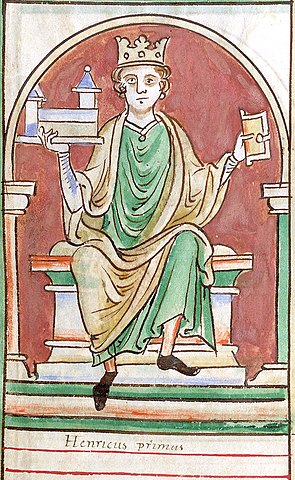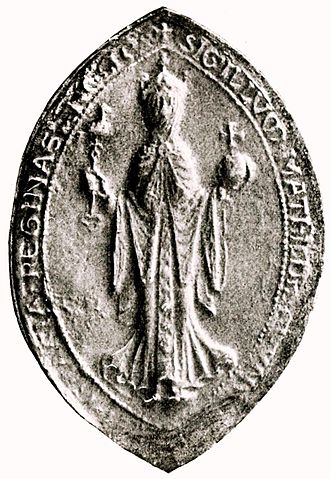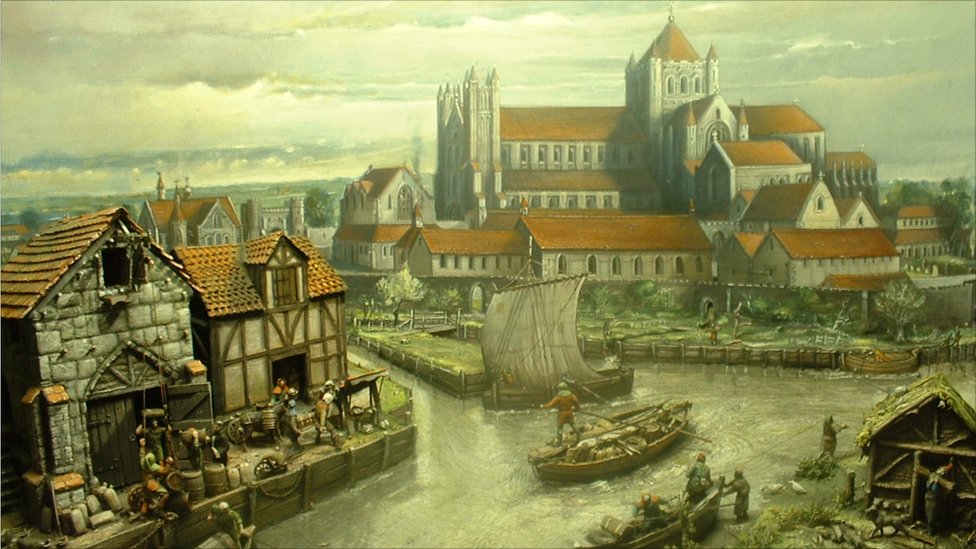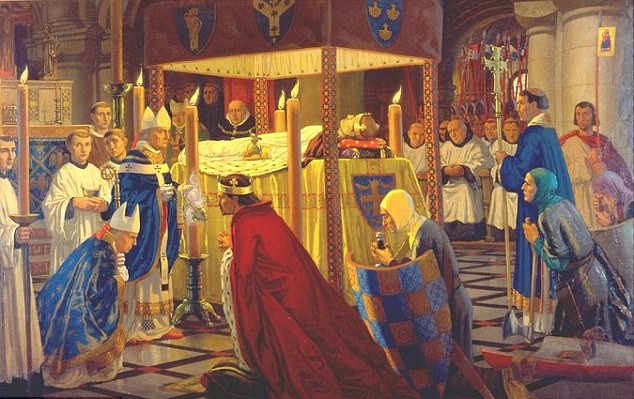CyrilVladisla
Imperial Majesty
- Joined
- Dec 2, 2013
- Messages
- 12,133
- City
- Conneaut
- Country
- United States
Henry I was born approximately in 1068.
His father was William I of England.
His mother was Matilda of Flanders.
He was King of England from 1100 to 1135.
He died December 1, 1135.
Henry I was nicknamed Beauclerc because of his love of learning.
At the age of about ten, Stephen of Blois was sent to be raised at the court of his uncle Henry I. King Henry made Stephen Count of Mortain.
Henry I married Edith of Scotland on November 11, 1100 at Westminster Abbey. Edith was the daughter of King Malcolm III of Scotland. Edith adopted the name Matilda because it was thought that the Norman barons might not respect a Queen with a Saxon name.
The loss of King Henry's son in the wreck of the White Ship left only a daughter, Matilda, to inherit.
Henry I's son was William the Aethling (William Aethling).
William was called the Saxon princely title to stress that his parents had united both the Saxon and Norman Royal Houses.
In 1115 Henry I gave the castle at Chepstow to the de Clare family.
William was called the Saxon princely title to stress that his parents had united both the Saxon and Norman Royal Houses.
In 1115 Henry I gave the castle at Chepstow to the de Clare family.
Queen Matilda took an interest in the building of the first arched bridge in England.
The bridge was built over the River Lea at Stratford-le-Bow.
Henry I filled the ecclesiastical posts that had been kept vacant by his brother, King William II.
The bridge was built over the River Lea at Stratford-le-Bow.
Henry I filled the ecclesiastical posts that had been kept vacant by his brother, King William II.
Last edited by a moderator:







